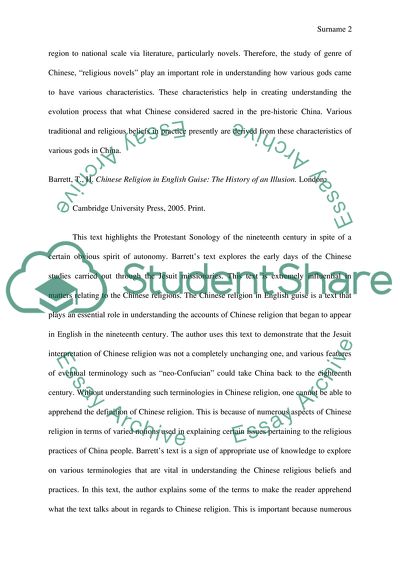Cite this document
(Chinese religion and Region Annotated Bibliography, n.d.)
Chinese religion and Region Annotated Bibliography. https://studentshare.org/geography/1774328-chinese-religion-and-region
Chinese religion and Region Annotated Bibliography. https://studentshare.org/geography/1774328-chinese-religion-and-region
(Chinese Religion and Region Annotated Bibliography)
Chinese Religion and Region Annotated Bibliography. https://studentshare.org/geography/1774328-chinese-religion-and-region.
Chinese Religion and Region Annotated Bibliography. https://studentshare.org/geography/1774328-chinese-religion-and-region.
“Chinese Religion and Region Annotated Bibliography”. https://studentshare.org/geography/1774328-chinese-religion-and-region.


